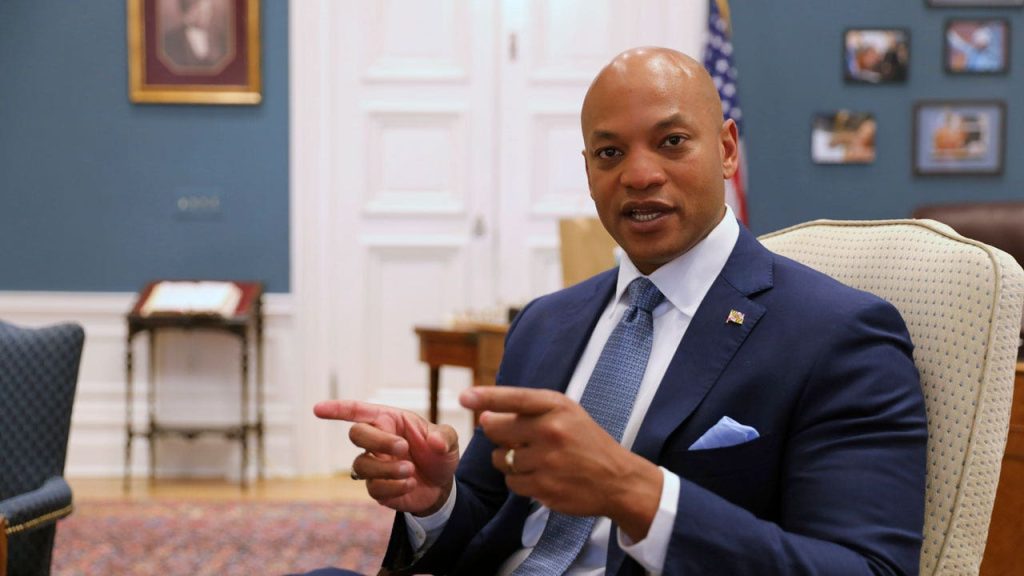Maryland Governor Wes Moore plans to meet with members of Congress to discuss support for rebuilding the collapsed Francis Scott Key Bridge, which has blocked the main shipping channel at Baltimore’s port for nearly two weeks. He emphasized that the issue is not partisan and is a patriotic responsibility to support a port that is a key economic engine employing tens of thousands of people. As the legislative session came to an end, emergency legislation was approved authorizing the use of the state’s rainy day fund to help port employees, which the Governor planned to sign into effect immediately.
The collapse of the bridge on March 26 after being struck by the cargo ship Dali resulted in six workers falling to their deaths in the Patapsco River. The workers, immigrants from Mexico, Guatemala, Honduras, and El Salvador, were part of a roadwork crew filling potholes on the bridge. While the bodies of three workers have been recovered, the search for the remaining victims continues. Governor Moore stated that the state remains focused on supporting the families of the workers and bringing them closure, with operations being conducted around the clock to achieve this goal.
Temporary alternate channels have been cleared, and the U.S. Army Corps of Engineers expects to open a limited-access channel for certain vessels by the end of April, with a goal of restoring normal capacity to Baltimore’s port by the end of May. Governor Moore expressed optimism about the progress in reopening channels, noting that if he had been told two weeks earlier that two channels would be open in that time frame, he would have found it ambitious. Crews have made progress in removing debris, with 350 tons of steel pulled from the Patapsco River and ongoing efforts involving salvage divers and cranes to clear the key waterway.
The governor highlighted the unity and collaboration among different organizations involved in the response to the bridge collapse, with more than 50 salvage drivers and 12 cranes on-site to assist in removing sections of the bridge and containers from the deck. Progress has been made in clearing sections of the bridge lying across the ship’s bow to enable its eventual movement. The Key Bridge Response Unified Command is actively coordinating these efforts to ensure the timely restoration of the port’s normal capacity, despite the challenges posed by the collapse.
Throughout the response to the bridge collapse, Governor Moore and state officials have focused on providing support to the affected families, ensuring their needs are met, and working towards a resolution that brings closure to the tragic incident. The emergency legislation and support from Congress are essential in facilitating the rebuilding of the Francis Scott Key Bridge and restoring the operations of Baltimore’s port. As progress continues in removing debris and reopening channels, the state remains committed to addressing the aftermath of the collapse and supporting those impacted by the tragic event.


